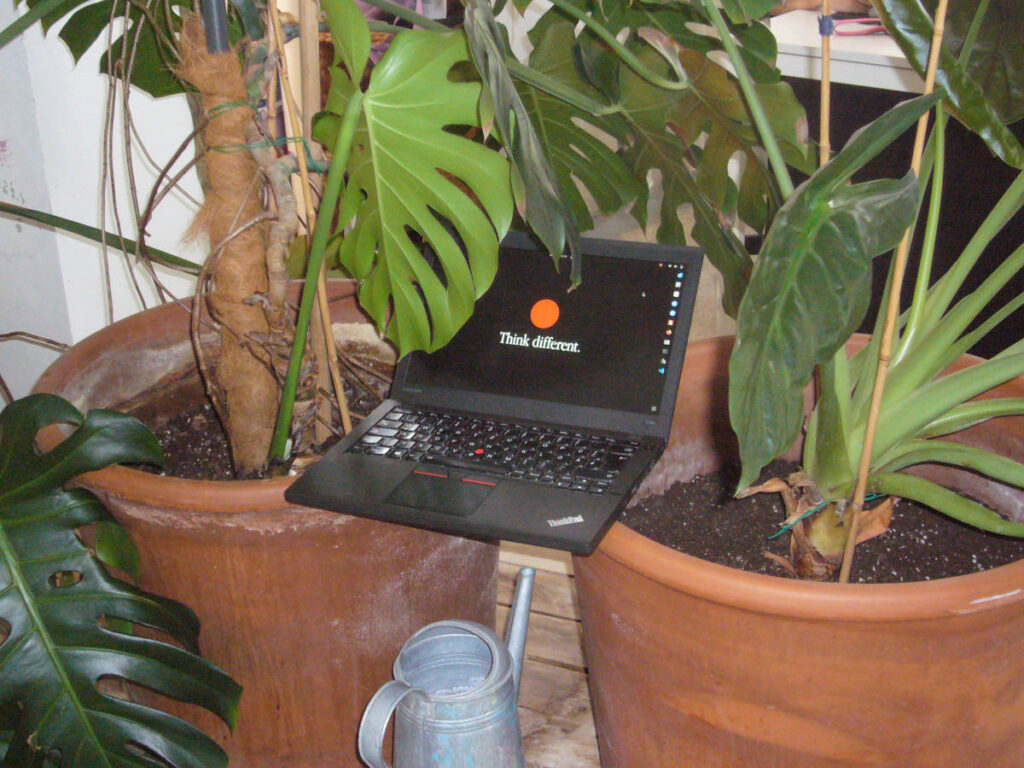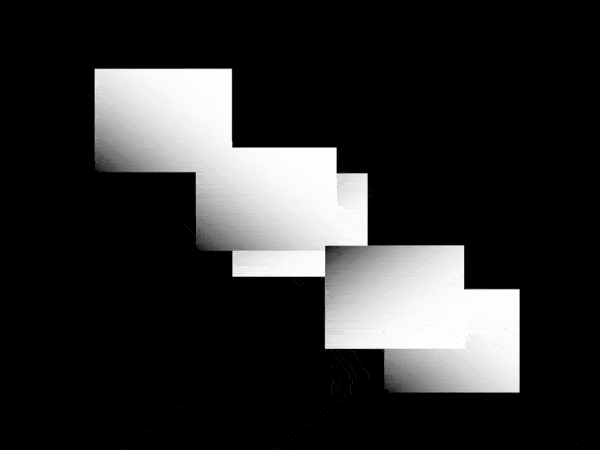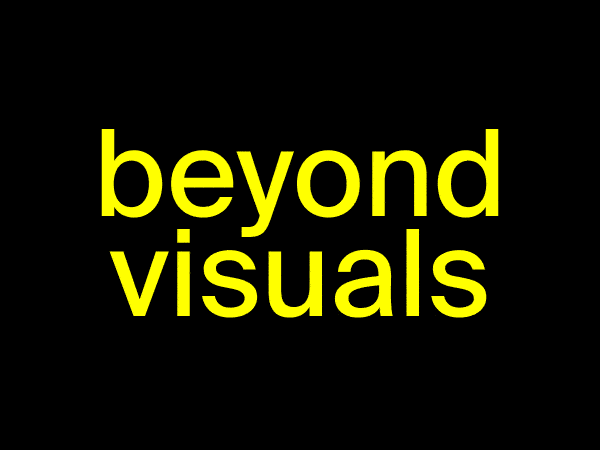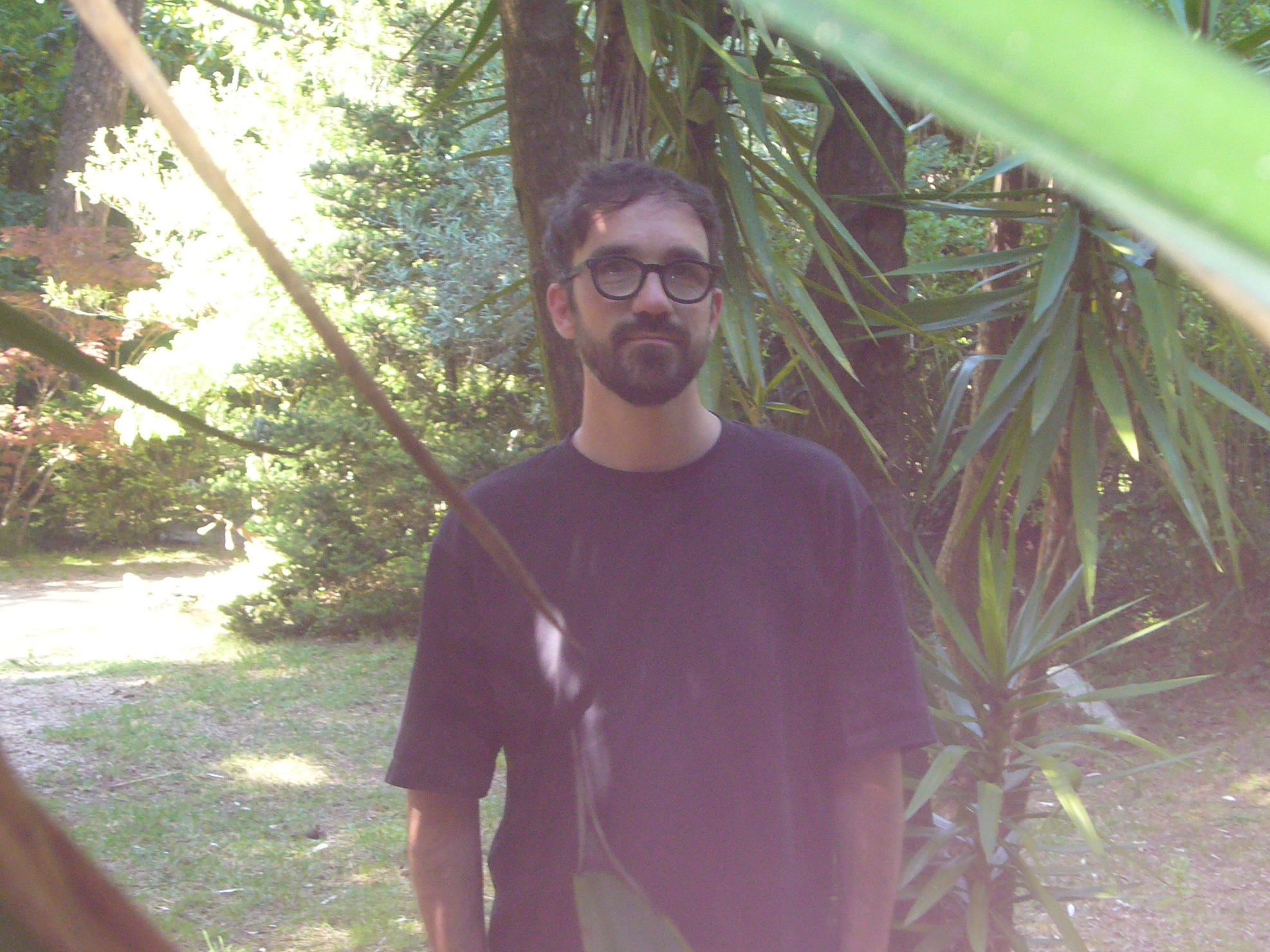Thinking Different – Using Linux in Design

“Think Different”
If you are as old as me, you probably remember the iconic advertisement of Apple with the bold claim “Think Different”. The epic campaign movie shows footage of the most famous men from the 20th century like Albert Einstein, Miles Davis, Muhammed Ali, Martin Luther King Jr. or Pablo Picasso.
A voice from the off speaks this text:
Here’s to the crazy ones. The misfits. The rebels. The troublemakers. The round pegs in the square holes. The ones who see things differently. They’re not fond of rules. And they have no respect for the status quo. You can quote them, disagree with them, glorify or vilify them. But the only thing you can’t do is ignore them. Because they change things. They push the human race forward. And while some may see them as the crazy ones, We see genius. Because the people who are crazy enough to think they can change the world, Are the ones who do.
source
Wow. That was a goosebumps moment for me back then. I loved it, really! And most other people loved it too. What was it that made Apple so successful at that time?
Let’s ask Simon Sinek: Apple told the world, why they did what they did. They communicated this powerful mission. And so people bought their products because they wanted to be a part of their mission. And so I did.
In my career as a designer which started around 2002, the impact of Apple, their iconic products and their goosebumbs story, was impossible to overlook. My father was running a quite large design agency in which I have worked and as far as I can remember, Design on anything else as an apple computer was unthinkable and even suspicious. Apple was a religion, a cult, a brand that represented change for the good.
Up until today the influence of Apple did not really change. In fact most designers still work with expansive macs, and mostly with software products by Adobe. But something changed: Apple has lost its soul. Today, to me, it represents acceleration on all levels, this terrible “do more in less time”-mindset, bad repairability and therefore a harmful mindset on enviromental issues. Times are over when Apple users were rebels and forward thinkers. Today it’s just money and mainstream.
A few months ago I published an article about the broken Macbook Air of my mother, which I’ve repaired by installing a Linux-based operating system called Ubuntu. And since then I am researching on a truly rebellious topic: Working with Linux in Graphic Design. Is that even possible?
Well, Design and Linux, these two worlds appear as completely contrary. Some of my students and peers stare at me in disbelief when I tell them that I prefer working with Linux instead of Mac OS. The truth is: It is possible, but with quite a few limitations at the first sight. But with some practice, these limitations can transform into superpowers and epiphanies with some patience and the willingness to learn.
Here are some of the learnings from journey into the world of Linux and Open Source since 2019.
Creative Focus on the Core, not just the Surface
Many of the design tools people use on their Mac computers do not work on Linux. The Adobe Cloud is simply not available. But this does not mean that Design is impossible on Linux. There are quite good and free tools for any taks. But the point is another one: Design today is often misunderstood as a method to decorate surfaces of products, as a supply for marketing and to sell things (to mostly rich people in western countries). But that’s a superficial and limited way of thinking about it. I understand Digital Design as making: Through working with Linux I have observed that design, content creation and engineering get very close together. As a designer using Linux and embracing its mindset, I have learned to focus the core, not the surface. I use code to design and I design in a way that I can code it. This broadens my perspective and even shapes the aesthetics that emerge from my work. I embrace the quirks and limits of the design tools as a visual manifestation of the Linux mindset. They become a powerful aesthetic statement.
New Workflows
Since there is not a lot of proprietary software for design on Linux, I needed to find my own ways to solve many different problems and get my work done. Often I’ve found surpinsingly easy and powerful ways to do things that I normally would use very expansive software for. Some examples:
- InDesign: I’ve designed a book with HTML and CSS (shoutout to Cem!)
- I’ve edited videos from the command line (with FFMPEG)
- I started to design all my presentations with HTML and CSS
- I wrote scripts that automated days of manual work
Simply be leaving the usual paths, I often find unique solutions and Workflows that are hidden for those who use standard tools.
Minimal Computing
Some time ago I have discovered the term “Permacomputing”, which is “both a concept and a community of practice oriented around issues of resilience and regenerativity in computer and network technology inspired by permaculture.”.(source). If we look through the lense of Permacomputing, we can reuse and upcycle a majority of devices that land in the trash. Linux is the key, because there’s a free operating system even for the oldest and slowest computers. Permacomputing zooms in the enviromental and societal apspects of computation. And it made me think a lot. If we would look at our e-waste as a resource, we could save a lot of Co2 and equip anyone on this planet with an own computer. Wouldn’t that be great?
The invisible Backbone of Everything
More than the half of all devices (tablets, phones, servers and computers) worldwide run a Linux Operating System. In other words: Windows, Mac OS and iOS together run less devices than Linux. It’s the backbone of the world’s digital infrastructure. Why is it so unknown then? Why does nobody speak about it? Because it has zero marketing budget. Linux operating systems cost nothing, they are free and Open Source, so there is no big commercial interest behind. Most of the Linux world is aestetically relatively poor, often badly designed and therefore not as sexy as an Apple product. Maybe the learning here is that great things with poor marketing are often invisible.
Deep Learning through Friction
Linux is not convenient. It’s sometimes damn challenging. It may sound a bit strange but the difficulty, friction and slowness of Linux has philosophical value. Some tasks may take a bit longer and need more thought, but that’s a benefit instead of a drawback. I don’t want to rush from task to task, I want to make the right decisions. And I want to build things that last long. Linux supports me in that decision making by asking more questions. I also embrace the friction to stay fit. I want to use my brain and find solutions within limitations. I want to flex my problem solving muscles.
Wrapping Up
Five years of using Linux Operating Systems broadened my view as a designer and a human beeing. If you’d ask me if I would recommend it to designers, I’d say that this is a tough question. But if you are ready to take some effort and if you are keen to learn, I am sure it will be a rewarding experience!
Further reading
Enjoying the content?
I put a lot of love and effort into developing content on Creative Coding. Since 2018, I have published 227 interviews, case studies, and tutorials, along with over 270 lessons in 17 online courses – and there's more to come! If you'd like to support my work and help keep this platform evolving, please consider supporting me on Patreon. Thank you very much!

Related
 I am writing a Book
I am writing a Book
Hey you! I hope you are doing good. It’s crazy what times we live in, isn’t it? It feels it […]
 Creative Coders against AI Colonialism
Creative Coders against AI Colonialism
It is 2025, almost three years after the “AI shock”, when ChatGPT and Dalle2 suddenly captured humankind’s attention. From then […]
 Demystify Technology
Demystify Technology
The guiding principle in my teaching and in the development of this platform is “Demystify Technology”. The Problem When people […]
 A Call for Coding Designers
A Call for Coding Designers
This is a call for coding designers. It aims to serve as a proposal and a provocation for creative work […]
 Meandering Thoughts on “Low Technology”
Meandering Thoughts on “Low Technology”
Intro A few years ago, I received an old Macbook Air from 2011 as a gift from my mother. It […]
 A reflection on Processing Community Day Copenhagen 2023
A reflection on Processing Community Day Copenhagen 2023
I’ve been travelling a lot in the last few months. Still, it was only during a short stay in Copenhagen […]
 What Creative Coding can teach you beyond crafting visuals
What Creative Coding can teach you beyond crafting visuals
Learning to code has had a bad reputation for ages. Many people have the impression that it’s all about acquiring […]
 How I built myself a Digital Garden
How I built myself a Digital Garden
It was a red hot day in July 2023 when I met Alex Muñoz for breakfast in the morning at […]
